Filter by

World Regional Geography : People, Places and Globalization
World Regional Geography: People, Places and Globalization is designed for students to experience and study as much of the world as possible within a limited amount of time. It gives students the fundamental concepts and the latest data regarding world places in a concise, easy-to-read format.
- Edition
- -
- ISBN/ISSN
- 9781946135278
- Collation
- -
- Series Title
- -
- Call Number
- 910 WOR
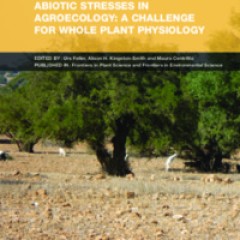
Abiotic Stresses in Agroecology : A Challenge for Whole Plant Physiology
Understanding plant responses to abiotic stresses is central to our ability to predict the impact of global change and environmental pollution on the production of food, feed and forestry. Besides increasing carbon dioxide concentration and rising global temperature, increasingly frequent and severe climatic events (e.g. extended droughts, heat waves, flooding) are expected in the coming decade…
- Edition
- -
- ISBN/ISSN
- -
- Collation
- -
- Series Title
- -
- Call Number
- 580 ABI
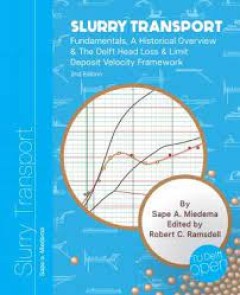
Slurry Transport : Fundamentals, A Historical Overview & The Delft Head Loss …
In dredging, the hydraulic transport of solids is one of the most important processes. Since the 50’s many researchers have tried to create a physical mathematical model in order to predict the head losses in slurry transport. One can think of the models of Durand&Condolios(1952)& Durand (1953), Worster& Denny(1955), Newitt et al.(1955), Gibert (1960), Fuhrboter (1961), Jufin & Lopatin (1966)…
- Edition
- 2nd Edition
- ISBN/ISSN
- 9789461862938
- Collation
- -
- Series Title
- -
- Call Number
- 551 MIE s

Virtuous Waters : Mineral Springs, Bathing, and Infrastructure in Mexico
Virtuous Waters is a pathbreaking and innovative study of bathing, drinking and other everyday engagements with a wide range of waters across five centuries in Mexico. Casey Walsh uses political ecology to bring together an analysis of shifting scientific, religious and political understandings of waters and a material history of social formations, environments, and infrastructures. The book sh…
- Edition
- -
- ISBN/ISSN
- 9780520291737
- Collation
- -
- Series Title
- -
- Call Number
- 551 WAL v

Introduction to Oceanography
There are many reasons why people study oceanography. An understanding of ocean processes is obviously vital to oceanographers, marine biologists, or environmental scientists. However, there are numerous other scientific fields where the oceans play an important role. The oceans are a major contributor to global climate patterns, and can give us clues to past climate conditions. Knowledge of oc…
- Edition
- -
- ISBN/ISSN
- -
- Collation
- -
- Series Title
- -
- Call Number
- 551 WEB i
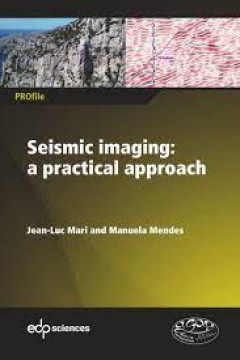
Seismic Imaging : A practical approach
In the geophysics of oil exploration and reservoir studies, the surface seismic method is the most commonly used method to obtain a subsurface model in 2 or 3 dimensions. This method plays an increasingly important role in soil investigations for geotechnical, hydrogeological and site characterization studies regarding seismic hazard issues. This book is neither a basic introduction nor a the…
- Edition
- -
- ISBN/ISSN
- 9782759823512
- Collation
- -
- Series Title
- -
- Call Number
- 551 MAR s

Breast Cancer, Fertility Preservation and Reproduction
This book provides a comprehensive overview on issues surrounding fertility in patients who have been diagnosed with breast cancer or belong to a high-risk population. The impact of breast cancer treatment on fertility is clearly explained and all the available options for fertility preservation are discussed, including the use of assisted reproduction technologies. Guidance is offered on famil…
- Edition
- -
- ISBN/ISSN
- 978-3-319-17278-1
- Collation
- -
- Series Title
- -
- Call Number
- 616.99

Breast Cancer Stem Cells & Therapy Resistance
This volume thoroughly examines breast cancer stem cells (BCSCs), from basic definitions to techniques for identifying, isolating, culturing, and targeting BCSCs for therapy; there is additional focus on pre-clinical and clinical results. The text begins with a discussion of breast cancer, focusing especially on the limitations of current therapies in its treatment. The subsequent chapters intr…
- Edition
- -
- ISBN/ISSN
- 978-3-319-22020-8
- Collation
- -
- Series Title
- -
- Call Number
- 616.99
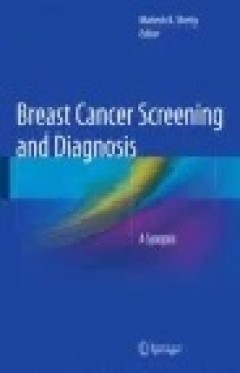
Breast Cancer Screening and Diagnosis
This book presents the current trends and practices in breast imaging. Topics include mammographic interpretation; breast ultrasound; breast MRI; management of the symptomatic breast in young, pregnant and lactating women; breast intervention with imaging pathological correlation; the postoperative breast and current and emerging technologies in breast imaging. It emphasizes the importance of f…
- Edition
- -
- ISBN/ISSN
- -
- Collation
- -
- Series Title
- -
- Call Number
- 616.99
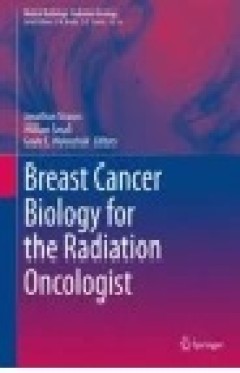
Breast Cancer Biology for the Radiation Oncologist
This is the first textbook of its kind devoted to describing the biological complexities of breast cancer in a way that is relevant to the radiation oncologist. Radiation Oncology has long treated breast cancer as a single biological entity, with all treatment decisions being based on clinical and pathologic risk factors. We are now beginning to understand that biological subtypes of breast can…
- Edition
- -
- ISBN/ISSN
- 978-3-642-31220-5
- Collation
- -
- Series Title
- -
- Call Number
- 616.0757
 Computer Science, Information & General Works
Computer Science, Information & General Works  Philosophy & Psychology
Philosophy & Psychology  Religion
Religion  Social Sciences
Social Sciences  Language
Language  Pure Science
Pure Science  Applied Sciences
Applied Sciences  Art & Recreation
Art & Recreation  Literature
Literature  History & Geography
History & Geography